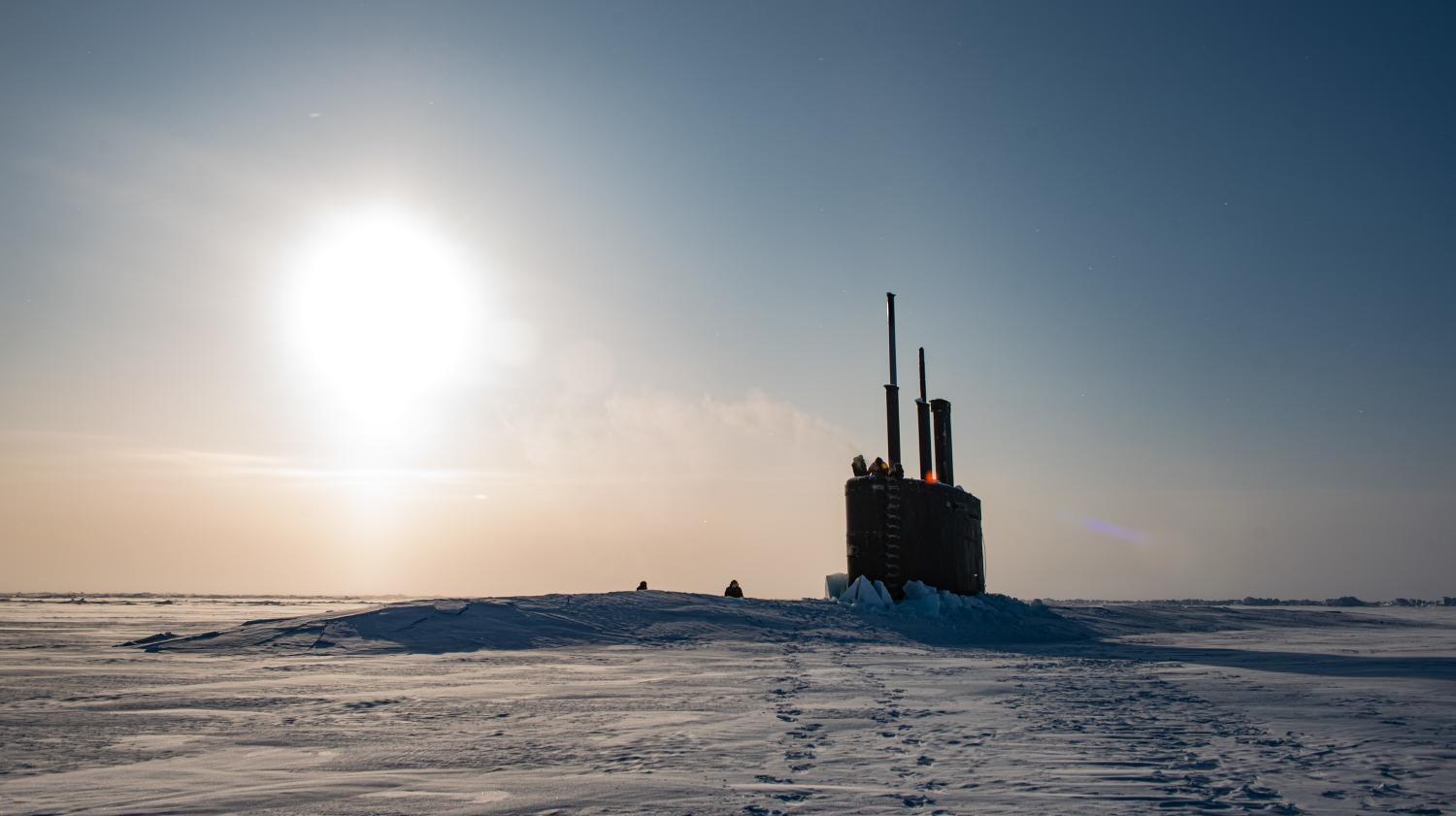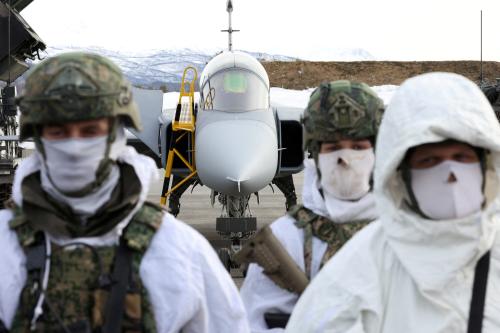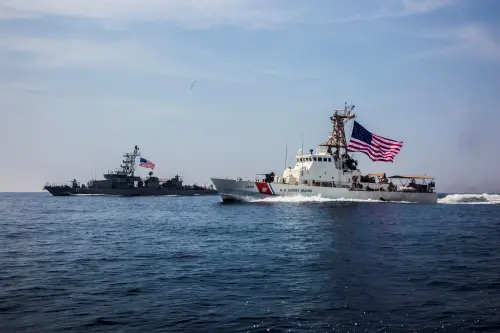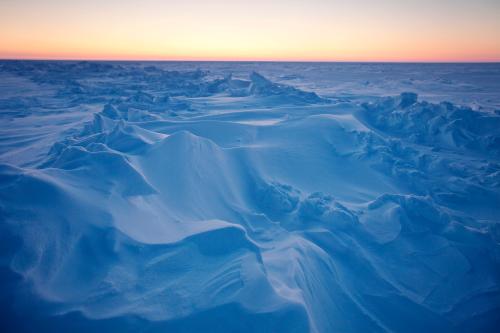EXECUTIVE SUMMARY
Despite all the focus on strategic competition in Europe and Asia, one region of the world has at long last begun receiving the attention it warrants from the U.S. military: the Arctic. The Arctic is of unique importance to all Americans. First, the United States is one of just eight sovereign Arctic states — joined by Canada, Denmark (thanks to its autonomous territory Greenland), Finland, Iceland, Norway, Russia, and Sweden — which allows for the exercise of certain sovereign rights in the region and bestows member status in the international Arctic Council.1 China is, of course, notably absent, despite its self-proclaimed (and at best dubious) status as a “near-Arctic” state2 and its observer status on the Arctic Council. Second, the effects of global climate change are increasing access to previously inaccessible Arctic areas and important transit and trade routes. This increased access results in yet another theatre for strategic competition, and thus, it is curious that the Arctic was not mentioned in the Biden administration’s Interim National Security Guidance3 — although it has engaged on Arctic issues around this month’s Arctic Council summit.4
To better elevate Arctic issues to their proper place in strategic dialogue, especially amongst the armed forces, we argue that the U.S. military should prioritize engagement through international, defense-oriented bodies like the Arctic Security Forces Roundtable, redraw geographic combatant command borders to include the Arctic region under NORTHCOM, and continue improving operational relationships with allied and partner nations through joint exercises and training. Additionally, we outline specific actions that each military service can individually implement to improve overall U.S. military posture and readiness in the region.
The views expressed are the authors’ alone and do not reflect the official policy or position of the U.S. Departments of Defense, Navy, Army, Air Force, Homeland Security, the U.S. Coast Guard, or the U.S. Government.
-
Acknowledgements and disclosures
Many thanks to Bruce Jones who provided preliminary input, Ted Reinert and Adam Twardowski who edited this paper, and Rachel Slattery who provided layout.
-
Footnotes
- “Arctic States,” Arctic Council, https://arctic-council.org/en/about/states/.
- “China’s Arctic Policy,” (Beijing: The State Council, The People’s Republic of China, January 2018), http://english.www.gov.cn/archive/white_paper/2018/01/26/content_281476026660336.htm.
- Joseph R. Biden, Jr., “Interim National Security Guidance,” (Washington, DC: The White House, March 2021), https://www.whitehouse.gov/wp-content/uploads/2021/03/NSC-1v2.pdf.
- Nikolaj Skydsgaard and Humeyra Pamuk, “Blinken says Russia has advanced unlawful maritime claims in the Arctic,” Reuters, May 18, 2021, https://www.reuters.com/world/europe/russia-has-advanced-unlawfulmaritime-claims-arctic-blinken-2021-05-18/.
The Brookings Institution is committed to quality, independence, and impact.
We are supported by a diverse array of funders. In line with our values and policies, each Brookings publication represents the sole views of its author(s).






